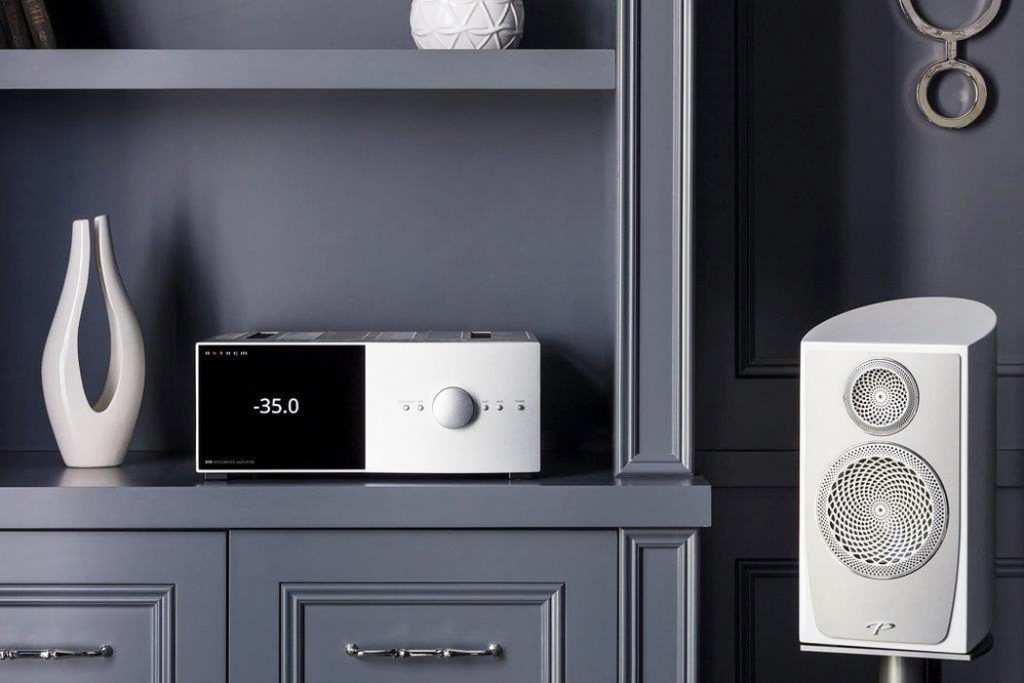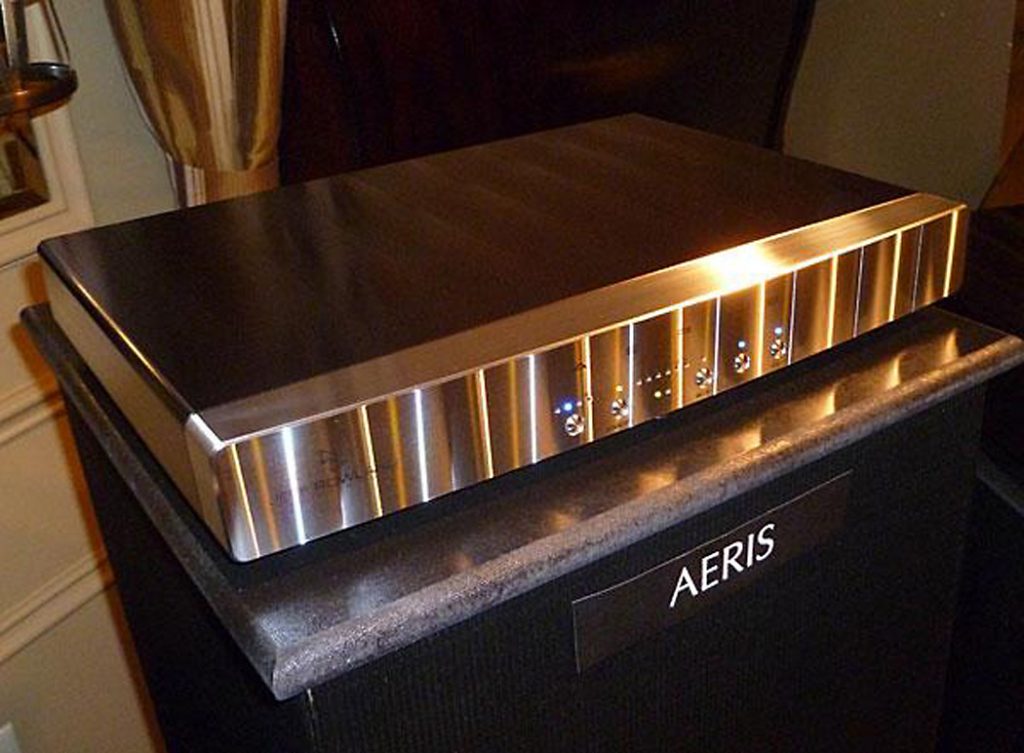
H.E.A.V.E.N. = High-End Audio-Video Entertainment Nirvana
In these isolated, live-music-starved COVID-19 times, it becomes clear that a system that completely creates the illusion that you’re at the real event can make the difference between feeling stuck at home, and looking forward to hearing the magical subtleties of your favorite movies, TV series, rock groups, classical composers, or jazz artists.
Music is important to all our lives. As inexpensive as it is today to create a system that is so revealing, so satisfying that it “disappears,” no lover of music should ever settle for less.
If your system doesn’t “disappear,” what do you do first? The answer isn’t in any blogs, sales brochures, or even my articles. The time has come to listen! An AV expert can help you pick just the right solution for each sonic step upward. You can allow them to educate you step by step, or they can learn your personal tastes and just do their magic.
Here’s my first important tip: Don’t give up on your nerdy expert who tries too hard to help. One such person was a young coworker at my old alma mater, HiFi Hutch. When a well-dressed woman driving a brand-new Jaguar convertible arrived in the showroom asking to buy a pair of bookshelf speakers, he invited her in to listen and compare.
She wanted none of that. “You have a fine reputation,” she told him. “Just pick your best for me and I’ll buy them.”
My young friend wanted to live up to that reputation. “I can’t pick a speaker for you,” he pleaded. “You need to listen to determine what you like the best.”
“No, just pick a pair for me,” she begged. After five minutes of this, she threw up her hands and left, without speakers. Our well-meaning young clerk lost his sale, for all his good intentions.
Here’s another important tip: Each step of an upgrade should give you a noticeable improvement in sound.
Your intellect may be certain that the new amp or digital audio converter or cable that’s captured your attention is better than the one it’s replacing, but your heart will sink if the rest of the system doesn’t show it off musically as soon as you hook it up at home.
I had one customer who complained that his amp wasn’t powerful enough, because his system sounded weak and terrible when he tried to turn it up. He’d recently bought an embarrassingly wimpy set of audiophile speakers, and since they were almost new, he was blaming his amp for the speakers’ shortcomings. I tried to convince him that his amp wasn’t the problem. He insisted that I sell him a new, bigger amp, and although the amp was a significant upgrade, I cautioned him that it wouldn’t give him the improvement that he was seeking.
A year later, he came back into the store. I asked him how the amp had turned out for him. “I hated it!” he spewed. “After a few months I sold it off at a big loss and bought another amp that I love.”
“You changed your speakers at the same time as the amp, didn’t you?” I asked. He had, of course. He found some gutsy speakers that fit his style of listening far better than the wimpy ones. He hadn’t come back to me after my prediction because he was angry with me for selling him the amp, so he dumped it at a loss when it was actually a much better amp than the model that replaced it.
This bears repeating: Each step of an upgrade should give you a noticeable improvement in sound.
I usually start my recommendations with new speakers. They are most likely to give your system a pleasant boost, unless they are incredibly power hungry. The right pair for you will allow you to hear all future upgrades with ease.
Of course, if you already know that your speakers have that potential, and your digital audio converter or phono cartridge isn’t what’s holding you back, it’s time to turn your attention to the amplifier, integrated amp, or receiver. Some speakers need lots of power to show their stuff, but raw power doesn’t always sound good. Some speakers are very tough loads for amps to drive.

How do you decide which amp? Listen, if you can. If you can’t listen, run your ideas past an expert or an audio geek who has a wonderful system. Don’t get lost in specifications. The best-sounding amps are designed to follow the quick changes of music, not to publish a good number on paper. Some well-designed small amps have the control and punch to play speakers cleanly to volumes higher than lesser amps with specs that brag twice their power.
Here’s why. The industry standard way of measuring power is to play a test tone through the amp. You know: Beeeeeeep! No starts and stops, no musical harmonics, just one frequency. You can actually make the power numbers look better by making the amp do more poorly on music. That’s great on paper, but it’s like trying to take a drag racer to the Pike’s Peak Hill Climb. He’s got the biggest engine, but he won’t make the first turn.
Once you have a system that has great source, electronics, and speakers, I recommend improving the system through accessories. You owe it to yourself to see how far this system can go in taking you up those steps to H.E.A.V.E.N. Some of these peripherals can significantly improve your system for a very small investment. I’ll go through the most impressive accessories next month. You’ll be surprised.
Paul Squillo is a trumpet player, an audio-video specialist, and CEO of Golden Ears, Inc., in Fairfield, Iowa. He welcomes your feedback at paul@paulsquillo.com.
